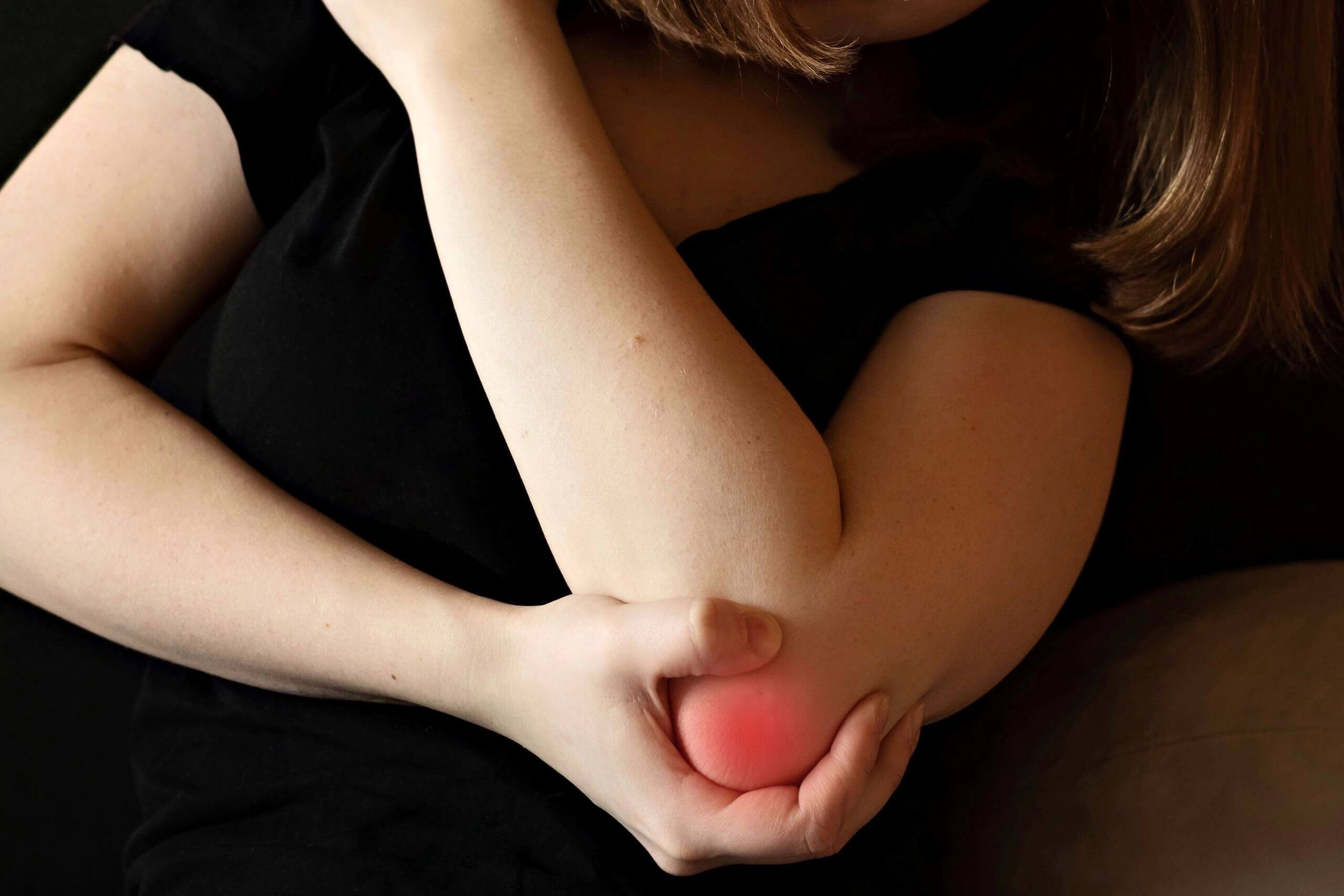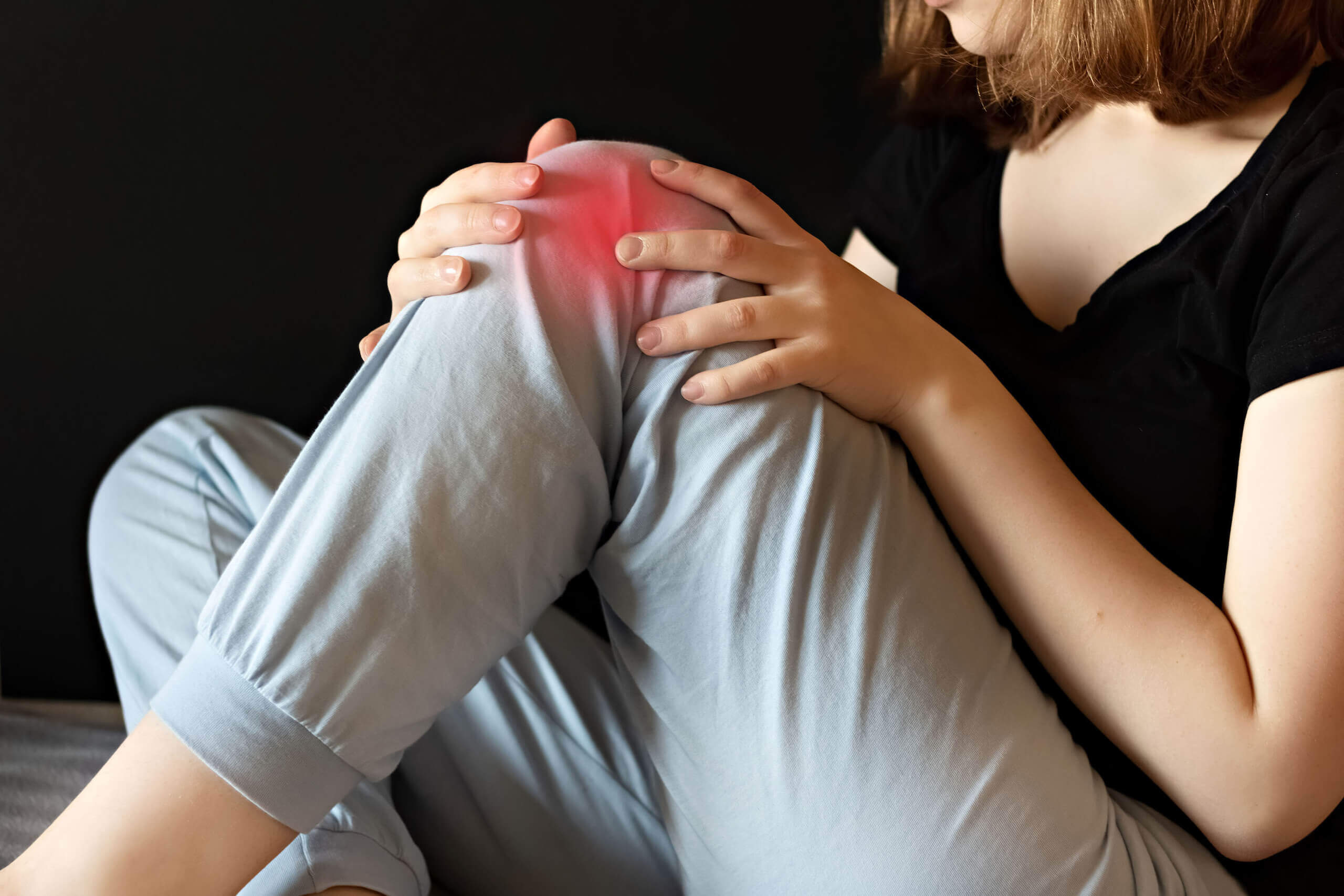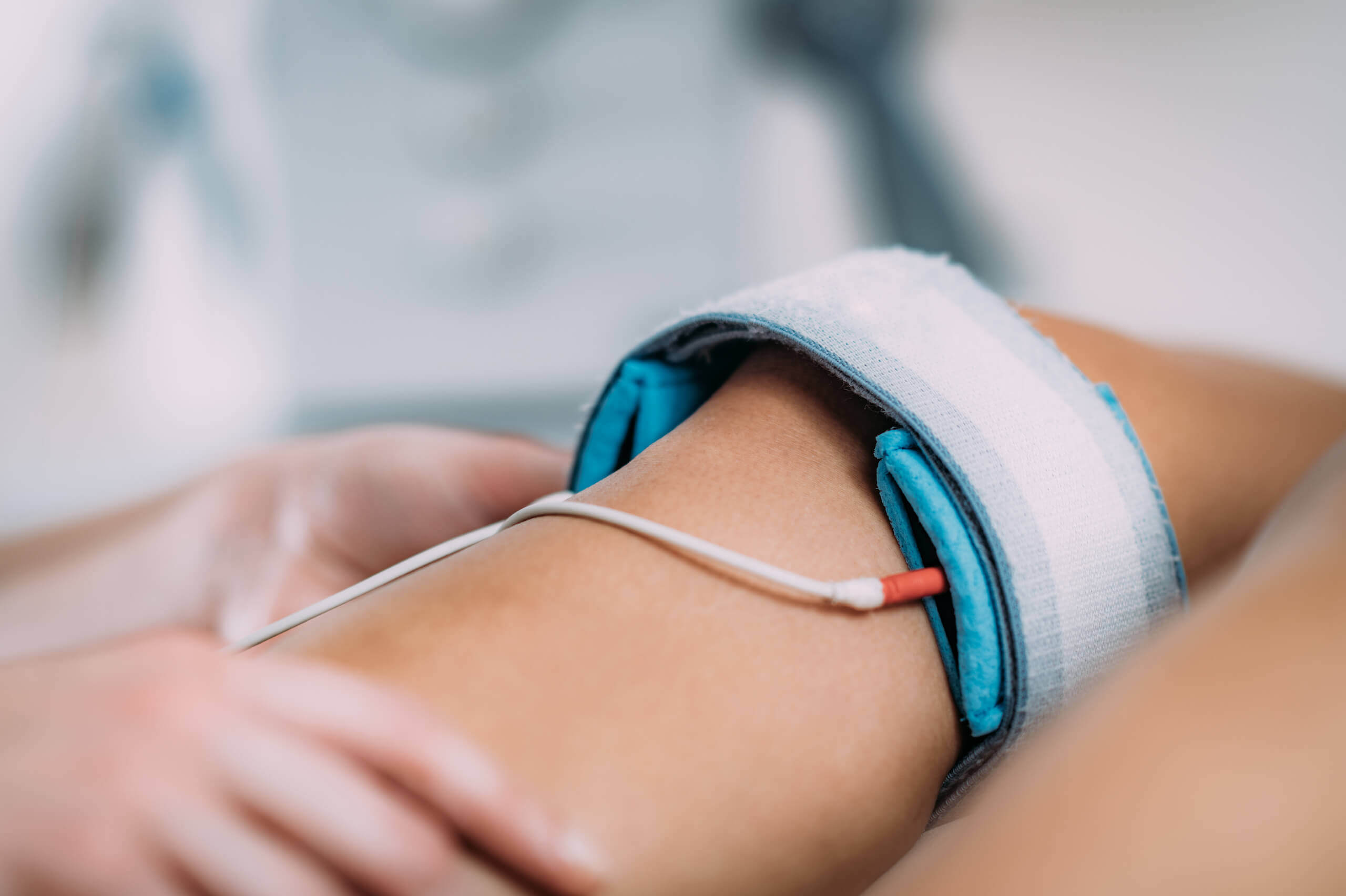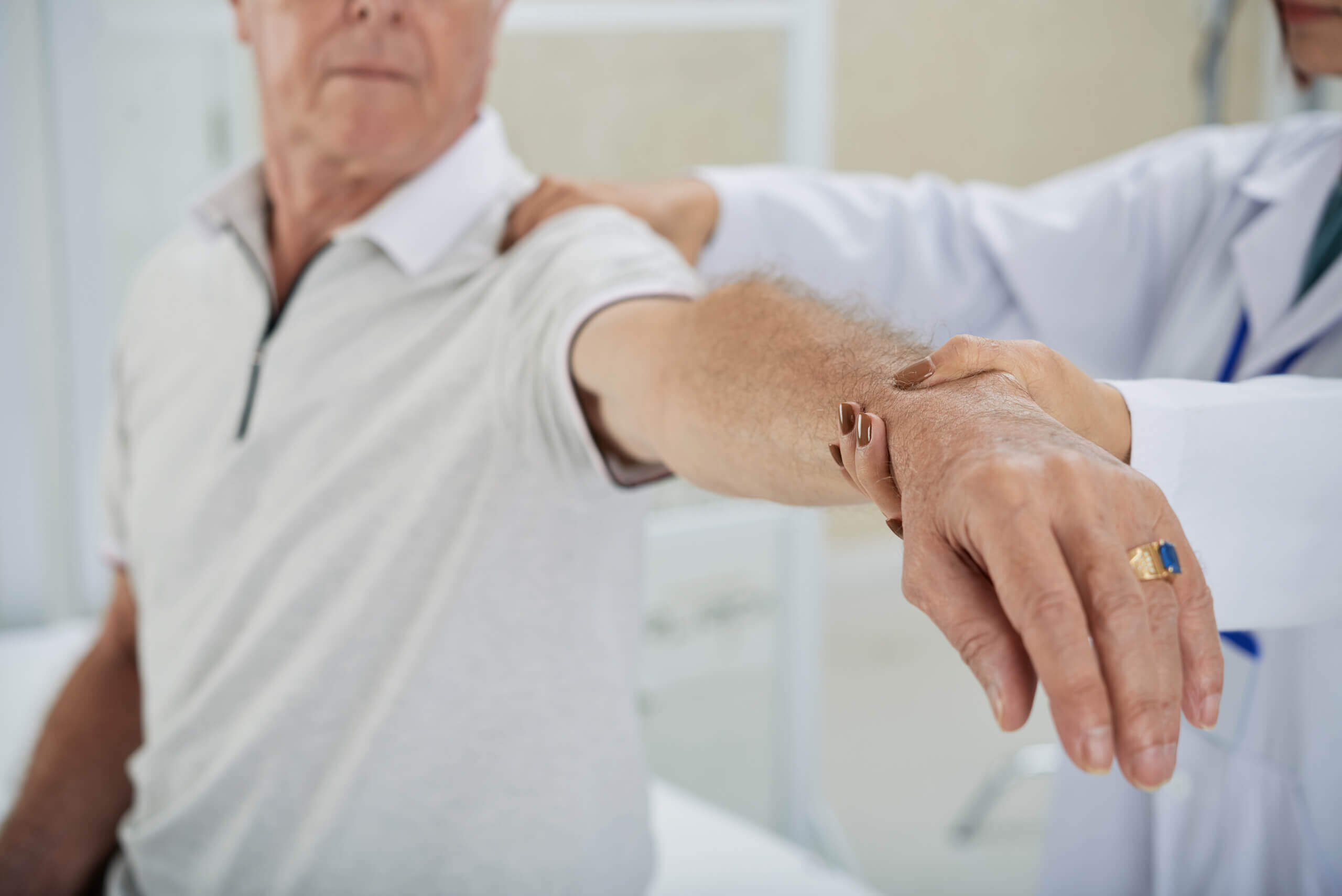
Managing Arthritis with Physiotherapy: The Benefits and Techniques
Discover how physiotherapy can help relieve pain and improve mobility in individuals who have arthritis. Learn the various techniques and benefits of this therapy.
What is Arthritis
Aching, stiffness and discomfort become a daily occurrence for those that suffer from arthritis. This group of disorders can cause inflammation in any joint throughout the body including:
- fingers;
- toes;
- ankles;
- knees;
- hips;
- shoulders;
- spine.
The most common type of arthritis is osteoarthritis, caused by wear and tear on the joint cartilage over time.
Other types of rheumatoid arthritis include rheumatoid arthritis, psoriatic arthritis and gout. Arthritis can affect people of all ages but is more prevalent in older adults.
- The prevalence of arthritis in Canada is estimated to be around one in four women and one in six men over 45 years affected by some form of this condition. Worldwide it affects around 350 million people, with some estimates that as many as 1 billion people live with this condition globally.
Common Symptoms
Common symptoms associated with arthritis include pain and stiffness, particularly during movements such as:
- sitting or standing for long periods;
- swelling and tenderness at joints;
- loss of range or motion;
- fatigue;
- decreased strength in muscles near affected joints;
- reduced ability to perform activities like walking or climbing stairs;
- difficulty sleeping due to pain;
- depression associated with chronic pain etc.
Importance of Early Management
Early management is important when it comes to managing arthritis as it can help reduce existing symptoms and stop the further progression of diseases by slowing down joint damage.
Physiotherapy can be an effective way to manage arthritis and improve quality of life through various techniques like:
- exercise programs tailored specifically for individual’s needs;
- posture correction & ergonomic advice;
- manual therapy techniques aimed at reducing muscle spasms and increasing range of motion;
- education on self-management strategies like stretches & exercise selection ;
- pain relief modalities like heat treatment ;
- Use assistive devices like crutches/walkers/wheelchairs etc., if needed ;
- Addressing underlying psychological issues that may have arisen due to chronic discomfort/pain etc.
With correct assessment & appropriate intervention from qualified physiotherapists, one’s disability could be substantially reduced, thus allowing one to lead a comfortable life.
Types of Arthritis
There are various types of arthritis, each requiring treatment tailored to the individual case.
Rheumatoid Arthritis
Rheumatoid Arthritis (RA) is an autoimmune disorder that causes inflammation of the joints, leading to painful physical symptoms such as swelling, tenderness, loss of range of motion and fatigue.
Physiotherapy treatment for RA includes:
- range-of-motion exercises,
- postural training and gait training to improve mobility;
- strengthening exercises;
- education about joint protection;
- posture awareness;
- stretching;
- relaxation techniques such as breathing exercises;
- massage therapy;
- hot or cold packs;
- electrical stimulation and hydrotherapy.
The physiotherapist will also strive to educate the patient regarding any modifications they may need to make to manage their condition at home better.
Childhood Arthritis
Childhood Arthritis is a form of arthritis that affects children under 16 years old. Arthritis symptoms vary greatly depending on the type of arthritis but usually include joint pain, stiffness and swelling in multiple joints, which may sometimes limit mobility.
Treatment for childhood arthritis depends on its severity but typically involves medications to manage symptoms in conjunction with physiotherapy designed specifically for young people’s developing bodies.
Working closely with an experienced pediatric physiotherapist helps tailor therapies according to the child’s specific needs while encouraging them towards independence through participation in activities that interest them – such as sports – where possible.
Fibromyalgia
Fibromyalgia is another term for a musculoskeletal pain disorder that causes widespread muscle pain accompanied by fatigue, sleep problems and mood issues.
Physiotherapy for fibromyalgia aims to reduce pain levels through techniques such as therapeutic massage, hydrotherapy, and exercise programs tailored specifically for fibromyalgia patients, including appropriate resistance training, stretches, and relaxation techniques like Tai Chi or Yoga.
Gout
Gout is a form of arthritis caused by excess uric acid build-up leading to painful episodes known as ‘flare-ups’ when crystals form around affected joints causing intense throbbing pain along with redness & swelling.
Lupus
Lupus or Systemic Lupus Erythematosus (SLE) is an autoimmune disorder that causes inflammation in various parts and systems of the body, making it a multi-system condition.
This can present with a variety of symptoms including muscle and bone pain, joint stiffness, fatigue, mouth ulcers, skin rashes, photosensitivity and neurological changes. Such wide-ranging problems need tailored physiotherapy interventions to address specific problem areas while also aiming to ensure good overall health and wellbeing.
Benefits of Physical Therapy for Arthritis Pain
Physical therapy can be invaluable in providing relief and management strategies to patients suffering from osteoarthritis by helping to restore strength, flexibility and balance.
Relieve Pain
Physiotherapy can help reduce the arthritis pain associated with arthritis by reducing inflammation, strengthening muscles and joints, and increasing the range of motion. This can be done through exercises targeting specific body parts affected by arthritis. Other treatments, such as massage and heat or cold therapy, may relieve arthritis pain and improve mobility.
Improved Mobility
Physiotherapy helps arthritic patients increase their mobility by improving strength, flexibility and balance. Through stretching, strengthening and stabilizing exercises, physical therapist can help reduce joint stress and improve posture for more comfortable movement throughout the day.
Physiotherapists can also design personalized exercise plans to fit patients’ needs and capabilities.
Reduced Inflammation
Inflammation is a common problem when dealing with arthritis, but physiotherapy can help reduce it significantly through specialized exercises that target affected joints or muscles. Modalities such as heat or cold therapy, massage, ultrasound, or electrical stimulation can also help relieve inflammation caused by arthritic conditions.
Better Quality of Life
By reducing pain and helping maintain mobility daily, physical therapist can help arthritic patients lead a better quality of life with fewer aches or stiffness in their joints or muscles throughout the day.
The overall goal is to improve physical function so individuals living with chronic arthritis conditions can continue participating in activities they enjoy without too much difficulty or discomfort.
Non-Invasive Treatment Option
Another benefit of physiotherapy is that it provides an alternative treatment option to those who may not wish to go down the route of medication or surgery for their condition due to personal preference or other reasons such as side effects associated with pharmaceuticals or risks involved in invasive procedures like joint replacement surgery.
Common Physiotherapy Techniques for Arthritis
Physiotherapists have various treatment options available to help improve the health and well-being of osteoarthritis patients. These include:
Joint Mobilization
This technique involves gently stretching and manipulating the joints to restore the range of motion, reduce pain, improve mobility, and decrease inflammation. A physical therapist will move the joint slightly beyond its pain-free range of motion to help break up scar tissue, which can cause stiffness and limit movement.
Stretching
Stretching is an important part of arthritis management because it helps maintain flexibility and range of motion in the affected joint motion. It also helps reduce stiffness and pain, making it easier to perform everyday tasks.
Physical therapist may use stretching techniques, such as active stretching (where you move the joint through its range of motion) or passive stretching (where your physiotherapist moves the joint on your behalf).
Strengthening Exercises
These exercises help build strength around an arthritic joint and may include resistance bands or weight machines. Your physical therapist will provide instructions on how these exercises should be performed properly to ensure they are safe and effective for your condition.
Balance and Coordination Training
Poor balance is a common problem experienced by people with arthritis, as it can affect their ability to stand or walk with stability. Physiotherapists can design an exercise program to improve balance, coordination, and confidence in daily activities like walking or climbing stairs.
Heat and Cold Therapy
Applying heat or cold to affected areas can help relieve arthritis symptoms associated with arthritis, such as stiff joints and sore muscles. Heat therapy increases blood flow around a particular area which helps reduce stiffness, while cold therapy decreases inflammation and pain levels.
TENS (Transcutaneous Electrical Nerve Stimulation)
TENS is a non-invasive method for treating arthritis that uses small electrical pulses sent through electrodes placed on your skin near the painful arthritic joint to block the feeling of pain signals travelling through nerves in that area from reaching your brain.
This method also stimulates the release of natural endorphins – hormones responsible for giving us feelings of pleasure – which helps in arthritis pain management.
How to Start Physical Therapy for Arthritis
Your physiotherapist will advise on the best action plan for you and your condition. They may suggest a combination of different treatments and exercises tailored to your needs to achieve optimal results.
Consult With Physiotherapist
To begin with, it is important to consult a qualified physiotherapist to treat arthritis. This will enable them to understand your specific medical history and provide you with individualized care.
During this consultation, the physiotherapist will ask questions to determine the type and severity of arthritis and any current medications or lifestyle changes that may impact your condition.
Assessment of Symptoms
Following the consultation, your physiotherapist will assess your symptoms to identify any areas of inflammation or pain and to understand how much mobility you currently have.
Depending on your needs, they may recommend imaging tests such as X-rays or MRI scans to better understand what is happening inside the joint itself.
Development of a Treatment Plan
Once the assessment is complete, your physiotherapist will develop a treatment plan tailored to you and your particular needs.
This plan may include physical therapy exercises, massage techniques, stretches and other forms of manual therapy like ultrasound or taping techniques to reduce pain and improve joint mobility.
Regular Sessions
Regular sessions are important when undergoing physical therapy for arthritis to ensure that progress is being made continuously over time.
A typical course of treatment could involve 2-3 sessions per week over an extended period until significant improvement has been achieved and maintained.
Home Exercise Program
For long-lasting success, it is also important for patients to maintain a home exercise program that focuses on improving strength, flexibility and mobility in their affected joints and muscles as part of their overall recovery process from arthritis.
Your physiotherapist can advise which exercises are suitable for you depending on your level of disability and any limitations due to illness or injury-related issues associated with arthritis.
Monitoring Progress
As part of ongoing care throughout the treatment process, regular monitoring should take place by measuring changes in joint range-of-motion (ROM), strengthen muscles levels as well as evaluating any alterations in pain levels experienced by the patient before and after each session so that appropriate adjustments can be made accordingly if necessary.
Physical Therapy is a Safe and Effective way to Manage Arthritis
Early management of arthritis can lead to better outcomes in the long run. By consulting a qualified physiotherapist as soon as possible and undergoing regular assessments, effective treatment strategies can be developed to manage symptoms and improve mobility.
Physiotherapy is a form of physical therapy used to treat arthritis by stimulating the release of endorphins, reducing inflammation and providing relief from pain. It also helps to restore joint stability, improve the range of motion and encourage the body to heal itself.
Regularity
Regular physiotherapy is a valuable treatment option for individuals suffering from arthritis as it can improve their quality of life in several ways. Physiotherapists use exercises and manual therapy techniques to reduce pain and stiffness while improving the joints’ strength, flexibility and mobility. Through regular sessions, improvements can be seen in terms of the range of motion, muscle strength and overall physical function.
In conclusion, by consulting a qualified physiotherapist as soon as possible and undergoing regular assessments, effective treatment strategies can be





